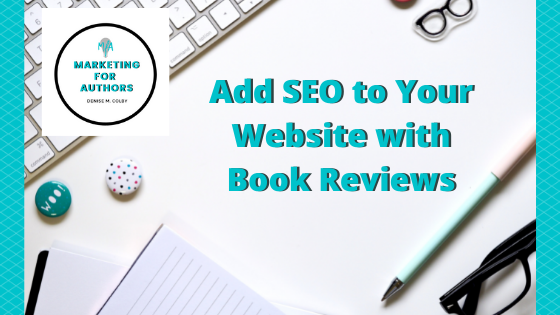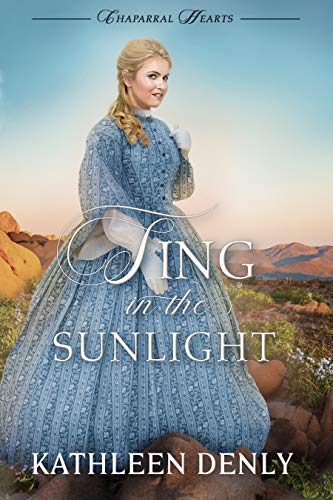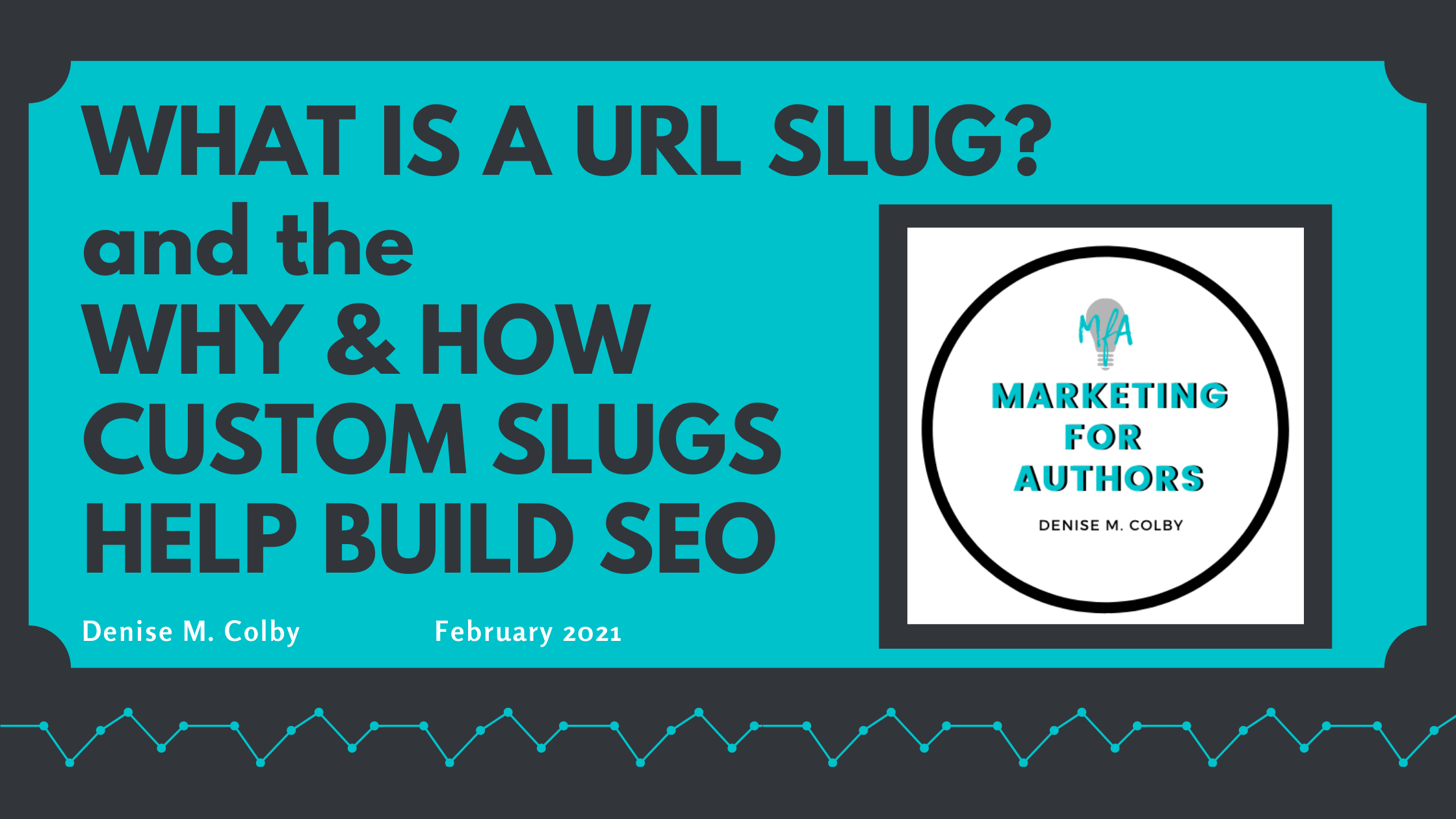Did you know that writing a book review and posting it on your blog can increase your SEO?Yes, it definitely can. Keep reading to learn what seven steps to take to add SEO with book reviews.

But first, are you still needing some encouragement for writing book reviews? Here are some additional benefits related to posting book reviews on your website.
Three reasons your website (and you) benefit by writing a book review:
- Blog reviews provide content your readers would be interested in, which expands the content in your blog. You’re providing interesting content and writing something of interest to both you and your readers.
- Build trust and community with your readers and enhance your overall brand by posting reviews and book introductions. You’ll help other authors (who might be willing to do the same for you), and add street cred. Who knows, your readers may find you as a go-to for finding out about new books to read.
- Review books in your genre, and use terms that fit tropes & keywords readers use to search for books. This allows your website and/or social media pages to appear in searches with these words.
So, now that you’re ready to write a book review, how exactly do you add SEO when you post this book review?
Seven steps to adding SEO to your Book Review Post
- Use the book title and Author name in the Title of your post
- Use the book title as the keyword phrase (keyword phrases should only be used in one post, but can be used multiple times within that one post)
- Build a category and tag system that includes Genre or Author Name (especially if you review more than one book by the same Author)
- Include a photograph of the book cover and make sure that the file name has the book title in it or the Author name, as well as the alt text. You could even include a photograph of the author.
- Link the photo of the book to a sale site for easy purchase (outside link builds SEO)
- Link the photo of the author to their own website (outside link builds SEO)
- Mention the book title and author name within the body text of your review at least one other time (this builds on your keyword phrase)
When readers search for these authors and book titles, your blog review could appear in their search results
Example of a book review
You don’t have to write a lot to feature a book in a blog post.
Sing in the Sunlight by Kathleen Denly
This is book 2 in her Chaparral Hearts series, published by Wild Heart Books (and yes I’ve read book 1 and looking forward to book #3). The historical setting is in California, mostly in the San Diego area.
Sing in the Sunlight by Kathleen Denly is a special story of love, kindness, & patience.
I loved the characters, their interactions with each other, and the way God’s words were woven throughout the story naturally.
The historical context was rich with details and I felt right there in the story.
The struggles of doubt and longing and the lies we believe were very easy to identify with.
It’s amazing what can happen when one continuously seeks God’s wisdom and stays on the path of doing what’s right. I want to be a better person after reading this.
I wanted to disclose that I received a free copy from the author but was not required to review it. I enjoyed it so much that I wanted to share.
Grow your SEO by writing book reviews
I’ll be honest, I’ve found writing book reviews to be challenging, but I’m working on facing that fear. I recently wrote about challenging myself to write a book review on A Slice of Orange blog. That’s where I first wrote this book review.
If writing book reviews feel intimidating, another way to build SEO on your website, is to participate in the First Line Fridays posts. This group of bloggers post the first line of a book they are reading, including a photo and link to purchase. You can add author names, book titles in your posts, and build SEO similarly to a book review.
And, they are fun and easy to be a part of. Take a look at the ones I’ve posted in the past at the link above.
Either way, adding other author’s works to your blog posts extend your potential reach of readers who search for that author or their books. Give it a try. And help another author out by promoting their book!
Blessings,
Denise






